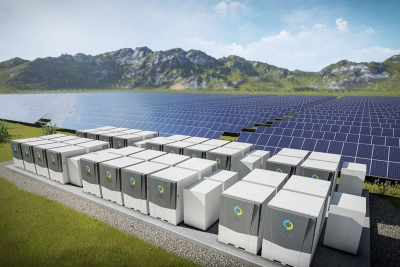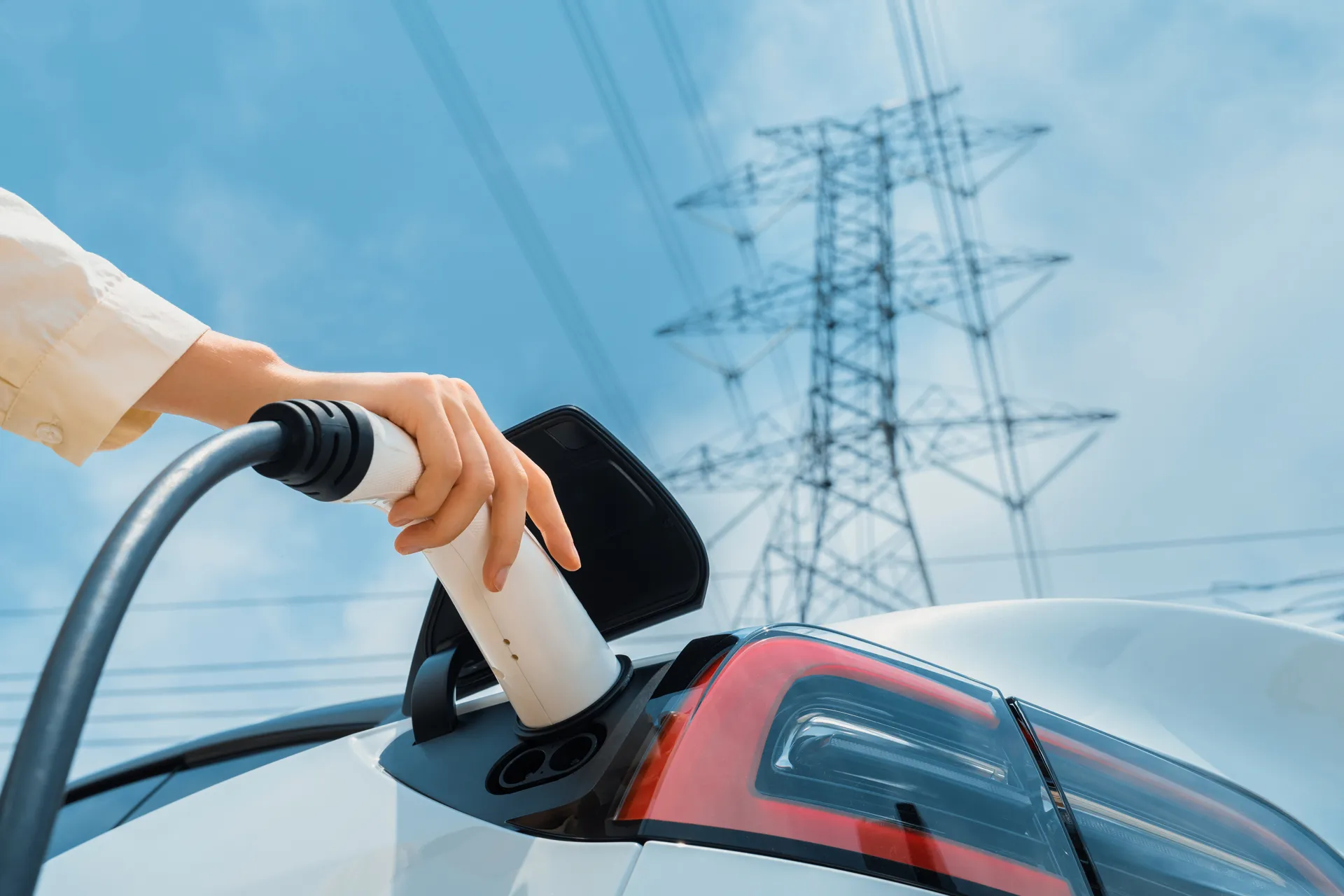India’s target of reaching 60 GW of energy storage capacity
by FY32 is driven by the country’s rapid transition to renewable energy,
particularly variable sources like solar and wind. With India’s renewable
energy share in power generation expected to triple by 2032, there is an urgent
need to address the challenges posed by the intermittency and variability of
these sources. The mismatch between renewable energy generation, peaking during
the day and energy demand, which often peaks in the evening, risks
destabilizing the grid. To mitigate this, energy storage systems (ESS),
particularly Battery Energy Storage Systems (BESS) and Pumped Storage Projects
(PSP), are critical. These systems can store excess energy generated during
periods of high production and release it when demand spikes, stabilizing the
grid and ensuring a reliable power supply. BESS is expected to become the
dominant technology in the energy storage market, with its capacity projected
to increase 375 times to 42 GW by FY32. Meanwhile, PSPs, although slower to
develop, will play an essential role, particularly for peak shaving and grid
stability. Achieving the 60 GW target will require significant investments in
infrastructure, manufacturing, and R&D, as well as efforts to reduce
India’s heavy reliance on imported battery components, which currently account
for about 80% of the costs associated with BESS.
The future of India’s energy storage sector holds great
promise, with both technological advancements and economic growth potential. As
energy storage technologies mature and costs continue to decline, the market
will expand rapidly, attracting substantial investments from both domestic and
international players. The energy storage sector is projected to generate an
investment opportunity of approximately Rs 3.5 trillion by FY32, fostering
innovation, and stimulating economic growth. A critical element in achieving
this growth will be the development of a robust domestic battery manufacturing
ecosystem, which would reduce India’s reliance on imports and bolster its
energy independence. With the right investments and policies, India has the
potential to become a global leader in energy storage technologies,
strengthening its position in the emerging global green energy market.
In addition to economic and technological benefits, the
growth of energy storage capacity will be pivotal to India’s energy security
and sustainability. By enabling the integration of more renewable energy into
the grid, energy storage will reduce India’s dependence on fossil fuels,
minimize carbon emissions, and stabilize the grid, ensuring a reliable and
clean energy supply. This is especially important as India seeks to meet its
ambitious climate goals and transition to a low-carbon economy. Furthermore,
energy storage will support India’s socio-economic development by addressing
energy access issues, particularly in rural and underserved areas. As energy
storage systems improve grid reliability and reduce the need for fossil fuels,
they will help alleviate energy poverty and improve the quality of life for
millions of people.
The expansion of the energy storage ecosystem will also
drive skill development, creating a highly skilled workforce to meet the
growing demand for clean energy solutions. The long-term impact of these
developments will be a stronger, more resilient economy, capable of competing
in the global green technology market, while also ensuring that India’s energy
infrastructure is more sustainable and adaptable to future challenges. In
summary, the expansion of energy storage in India is not only critical for managing
the growth of renewable energy but also presents an opportunity to accelerate
the country’s economic, social, and environmental development, driving India’s
transition to a green and sustainable energy future.




